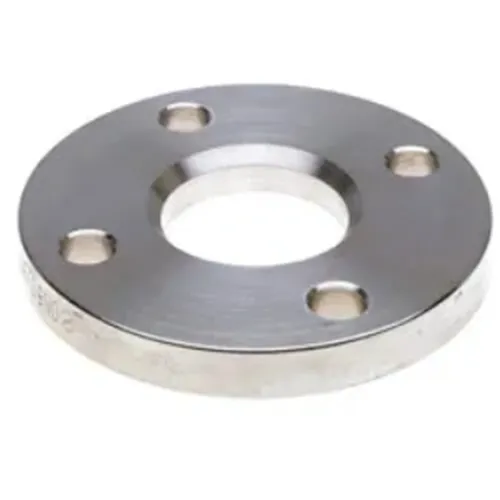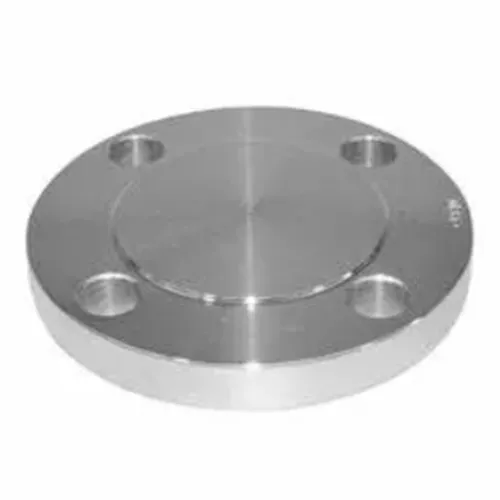-
Cangzhou Yulong Steel Co., Ltd.
-
Phone:
+86 13303177267 -
Email:
admin@ylsteelfittings.com
- English
- Arabic
- Italian
- Spanish
- Portuguese
- German
- kazakh
- Persian
- Greek
- French
- Russian
- Polish
- Thai
- Indonesian
- Vietnamese
- Zulu
- Korean
- Uzbek
- Hindi
- Serbian
- Malay
- Ukrainian
- Gujarati
- Haitian Creole
- hausa
- hawaiian
- Hebrew
- Miao
- Hungarian
- Icelandic
- igbo
- irish
- Japanese
- Javanese
- Kannada
- Khmer
- Rwandese
- Afrikaans
- Albanian
- Amharic
- Armenian
- Azerbaijani
- Basque
- Belarusian
- Bengali
- Bosnian
- Bulgarian
- Catalan
- Cebuano
- China
- China (Taiwan)
- Corsican
- Croatian
- Czech
- Danish
- Esperanto
- Estonian
- Finnish
- Frisian
- Galician
- Georgian
- Kurdish
- Kyrgyz
- Lao
- Latin
- Latvian
- Lithuanian
- Luxembourgish
- Macedonian
- Malgashi
- Malayalam
- Maltese
- Maori
- Marathi
- Mongolian
- Myanmar
- Nepali
- Norwegian
- Norwegian
- Occitan
- Pashto
- Dutch
- Punjabi
- Romanian
- Samoan
- Scottish Gaelic
- Sesotho
- Shona
- Sindhi
- Sinhala
- Slovak
- Slovenian
- Somali
- Sundanese
- Swahili
- Swedish
- Tagalog
- Tajik
- Tamil
- Tatar
- Telugu
- Turkish
- Turkmen
- Urdu
- Uighur
- Welsh
- Bantu
- Yiddish
- Yoruba

Jan . 17, 2025 04:04 Back to list
metal threaded pipe fittings
In the realm of construction, plumbing, and various DIY projects, the 1.5-inch metal pipe has consistently emerged as a vital component. It isn't just a simple metal tube; it's a masterful design of engineering crafted to withstand immense pressure, variable temperatures, and the test of time. Exploring the intricacies and applications of this seemingly mundane object reveals its true significance in modern industries.
In terms of installation and maintenance, the metal pipe's ability to be threaded or soldered ensures secure connections. Threaded pipes utilize fittings to create a leak-proof seal, a crucial factor in preventing potential water damage or contamination. For copper pipes, soldering provides a seamless and durable joint, crucial for applications where cleanliness and safety are paramount. Safety is another critical aspect of metal pipes. Unlike some plastic alternatives, metal does not release harmful substances when exposed to high temperatures or direct sunlight, ensuring a safer environment both during and after installation. Technological advancements have also revolutionized the manufacturing of these pipes. Computer-aided design (CAD) systems and automation in production processes ensure dimensional accuracy and structural integrity. These advancements not only enhance the quality but also reduce the cost and time associated with large-scale production, making 1.5-inch metal pipes more accessible to various industries. When choosing a 1.5-inch metal pipe, it is imperative to consider the specific requirements of the intended application. Factors such as the environment, temperature range, and substance being transported must be evaluated to select the appropriate material. Consulting with engineering professionals can also aid in making informed decisions tailored to specific needs. Furthermore, sustainability considerations are gradually shaping the use of metal pipes. Recyclability is a defining characteristic, as metals like steel and copper can be recycled without loss of quality, contributing to eco-friendly construction practices. In conclusion, the 1.5-inch metal pipe is a cornerstone of modern engineering, offering unparalleled efficiency, durability, and adaptability across various applications. Its careful selection and implementation, backed by professional expertise, ensure optimal performance and longevity. As industries evolve, the continued innovation in metal pipe production promises to meet the growing demands for sustainable, efficient, and reliable infrastructure solutions.


In terms of installation and maintenance, the metal pipe's ability to be threaded or soldered ensures secure connections. Threaded pipes utilize fittings to create a leak-proof seal, a crucial factor in preventing potential water damage or contamination. For copper pipes, soldering provides a seamless and durable joint, crucial for applications where cleanliness and safety are paramount. Safety is another critical aspect of metal pipes. Unlike some plastic alternatives, metal does not release harmful substances when exposed to high temperatures or direct sunlight, ensuring a safer environment both during and after installation. Technological advancements have also revolutionized the manufacturing of these pipes. Computer-aided design (CAD) systems and automation in production processes ensure dimensional accuracy and structural integrity. These advancements not only enhance the quality but also reduce the cost and time associated with large-scale production, making 1.5-inch metal pipes more accessible to various industries. When choosing a 1.5-inch metal pipe, it is imperative to consider the specific requirements of the intended application. Factors such as the environment, temperature range, and substance being transported must be evaluated to select the appropriate material. Consulting with engineering professionals can also aid in making informed decisions tailored to specific needs. Furthermore, sustainability considerations are gradually shaping the use of metal pipes. Recyclability is a defining characteristic, as metals like steel and copper can be recycled without loss of quality, contributing to eco-friendly construction practices. In conclusion, the 1.5-inch metal pipe is a cornerstone of modern engineering, offering unparalleled efficiency, durability, and adaptability across various applications. Its careful selection and implementation, backed by professional expertise, ensure optimal performance and longevity. As industries evolve, the continued innovation in metal pipe production promises to meet the growing demands for sustainable, efficient, and reliable infrastructure solutions.
Next:
Latest news
-
ANSI 150P SS304 SO FLANGE
NewsFeb.14,2025
-
ASTM A333GR6 STEEL PIPE
NewsJan.20,2025
-
ANSI B16.5 WELDING NECK FLANGE
NewsJan.15,2026
-
ANSI B16.5 SLIP-ON FLANGE
NewsApr.19,2024
-
SABS 1123 FLANGE
NewsJan.15,2025
-
DIN86044 PLATE FLANGE
NewsApr.19,2024
-
DIN2527 BLIND FLANGE
NewsApr.12,2024
-
JIS B2311 Butt-Welding Fittings LR/SR 45°/90° /180°Seamless/Weld
NewsApr.23,2024











